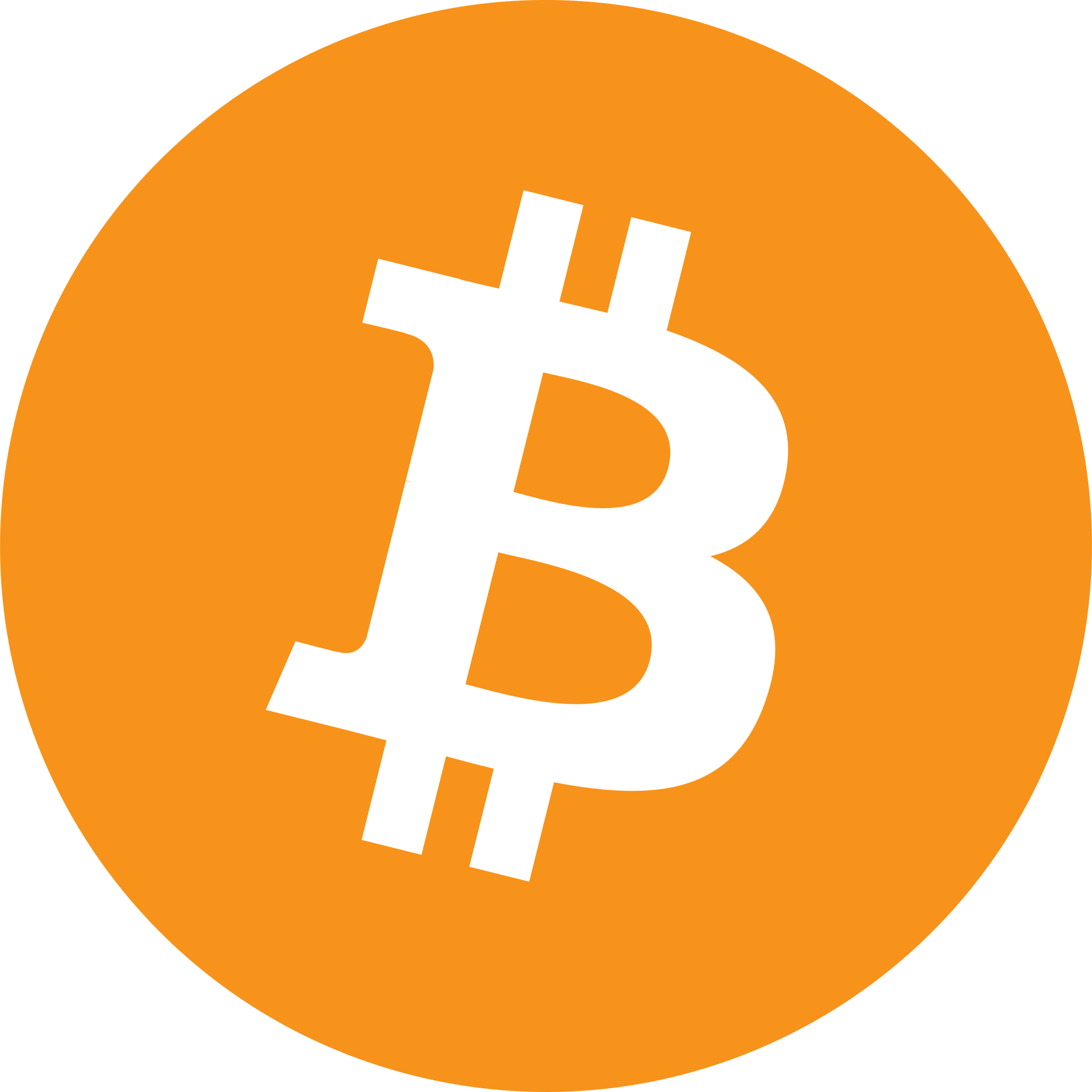Pi Network (PI), one of the closely followed projects of the crypto world, has been exhibiting a remarkable transformation in recent weeks. The token, which was at approximately $0.172 at the beginning of October, rose to $0.29 in a short time and settled around $0.25 as of the close of the month. This upward movement took place thanks to the updates, new features and artificial intelligence applications implemented in the ecosystem after a long correction.
New Developments and Key Factors
Two key factors stand out behind the rise: renewed community activity (especially AI and utility pilots) and increased volumes in over-the-counter (OTC) transactions. These dynamics appear to have been the key driver of PI’s 50% increase based on AI-powered commentary. On the other hand, from a technical analysis perspective, closes above the 50-day moving average at approximately $0.2618 potentially indicate a continuation of the uptrend.
Things to Consider
But not everything is completely rosy. Liquidity is still relatively weak and volume relies heavily on OTC transactions. In this sense, listing the token on larger exchanges or expanding its liquidity base could be a strong catalyst for upside. Additionally, the tokens to be released in the coming months and the unlock schedule may also put pressure on the price. For example, potentially around 120 million PI tokens are expected to be opened in November, which could be a supply-side risk element. Additionally, the general mood of the crypto market, especially Bitcoin  $110,037.86 and the recovery trend in altcoins may be decisive on the direction of the PI.
$110,037.86 and the recovery trend in altcoins may be decisive on the direction of the PI.

Meanwhile, different signals are coming from other projects in parallel with PI Network. For example, other altcoin projects and payment-focused crypto solutions that attract investor attention have gained higher momentum compared to PI. Analysts note that PI still falls short of expectations in terms of strong evidence of real-world use and broad licensing/service integrations. This situation may cause investors to turn to “application-oriented” projects instead of PI.
In summary, Pi Network is currently showing signals: Community participation is increasing, technical indicators are showing signs of recovery. However, for the sustainability of this rise, concrete achievements such as increased liquidity, exchange listings and balancing of the token release schedule are required. Therefore, at this stage, instead of acting with the expectation that it will “rise”, it would be a more cautious approach to monitor the developments closely.









